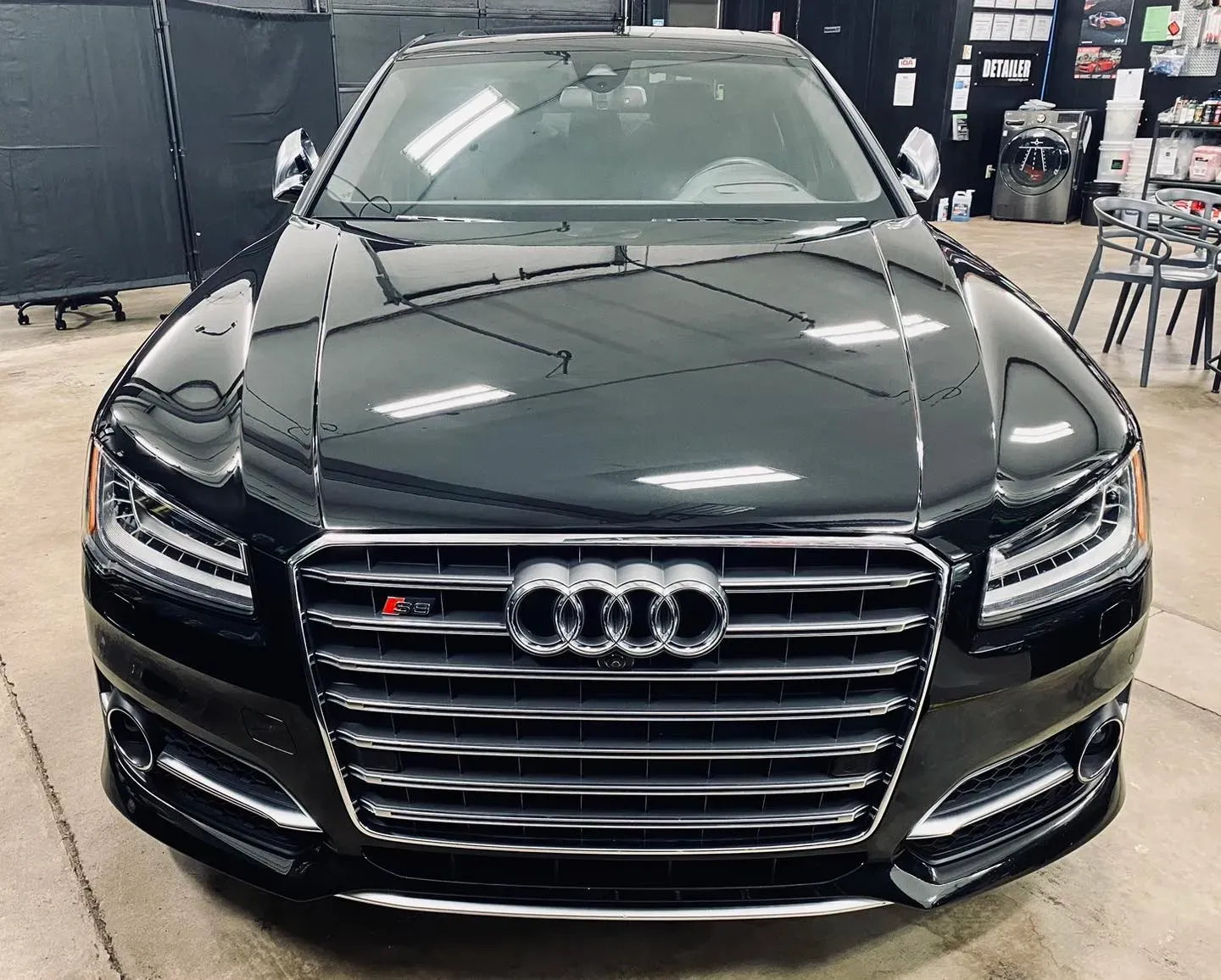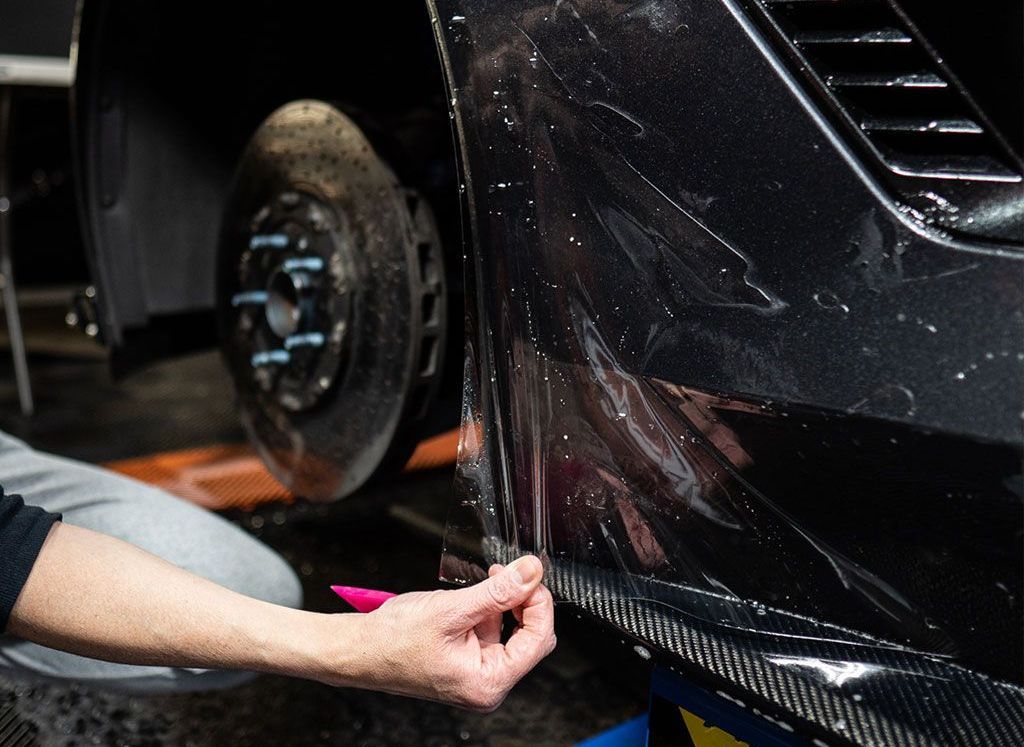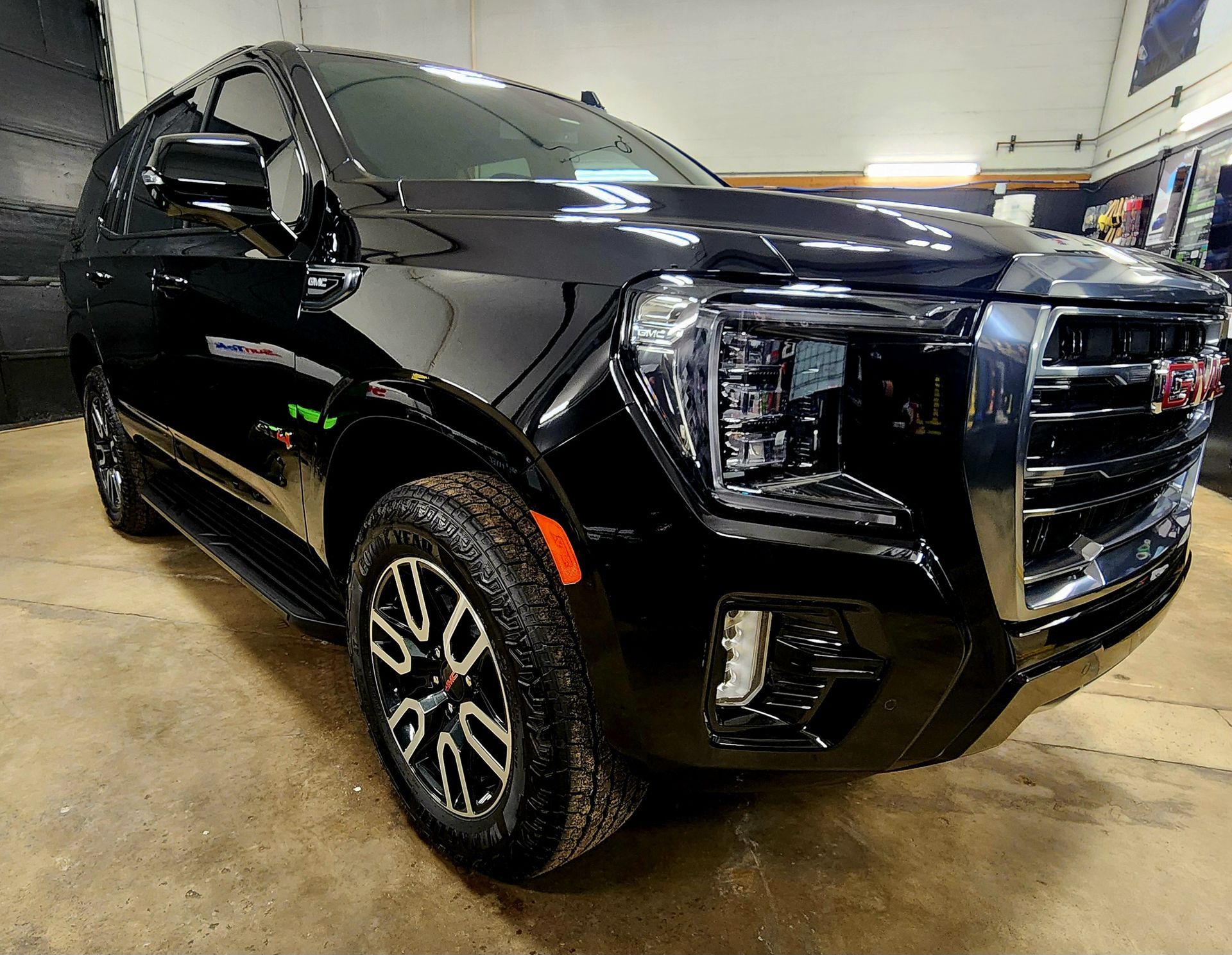Ceramic vs. Carbon Window Tint: A Comprehensive Comparison and Guide
Choosing the right window tint isn't just about looks; it's about making an informed decision to protect your investment. Many car enthusiasts grapple with whether to choose ceramic or carbon window tints because the wrong choice could lead to frustrating outcomes like excessive heat or interior fading. This guide aims to clear this confusion by diving into the specific advantages each type of tint offers. Let’s discover the differences between ceramic and carbon window tinting!
While both ceramic window tint and carbon window tint provide lots of benefits, ceramic window tint offers advanced technology that enhances visibility while providing exceptional protection against harmful UV rays and infrared light.
Ceramic Window Tint Benefits
Ceramic window tints utilize cutting-edge nano-ceramic technology to provide top-tier performance. Unlike traditional dyed or metallic tints, ceramic tints are non-conductive and non-metallic, making them an ideal choice for those who want the benefits of window tinting without any interference with electronic devices.
This advanced technology enables ceramic window tints to offer unparalleled UV protection, effectively blocking up to 99% of harmful ultraviolet rays from entering your vehicle. Considering the damaging effects of UV exposure on the skin and the interior of your car, this level of protection is indispensable. By preventing UV rays from penetrating the windows, ceramic tints also help reduce color fading and deterioration of your vehicle's interior upholstery.
In addition to UV protection, one remarkable feature of ceramic window tints is their exceptional ability to reject infrared heat. By reducing the amount of infrared heat entering your vehicle, ceramic tints help maintain cooler interior temperatures even during scorching weather conditions. This not only improves driving comfort but also reduces the strain on your car's air conditioning system, potentially leading to lower fuel consumption.
Furthermore, ceramic tints significantly reduce glare, improving driving visibility and comfort, especially during sunrise and sunset when glare tends to be at its strongest.
It's important to note that ceramic tints ensure excellent clarity without any distortion or haziness. Other types of window tint materials might compromise visibility, particularly at night or in low-light conditions. With ceramic tints, you can expect optimum clarity and uncompromised vision under all circumstances.
While ceramic window tints may come with a higher initial price tag compared to other options, their durability and superior performance make them a valuable long-term investment in protecting both your vehicle and yourself from the adverse effects of UV rays and infrared heat. For professional installation and optimal results, visit Final Approach Detailing.
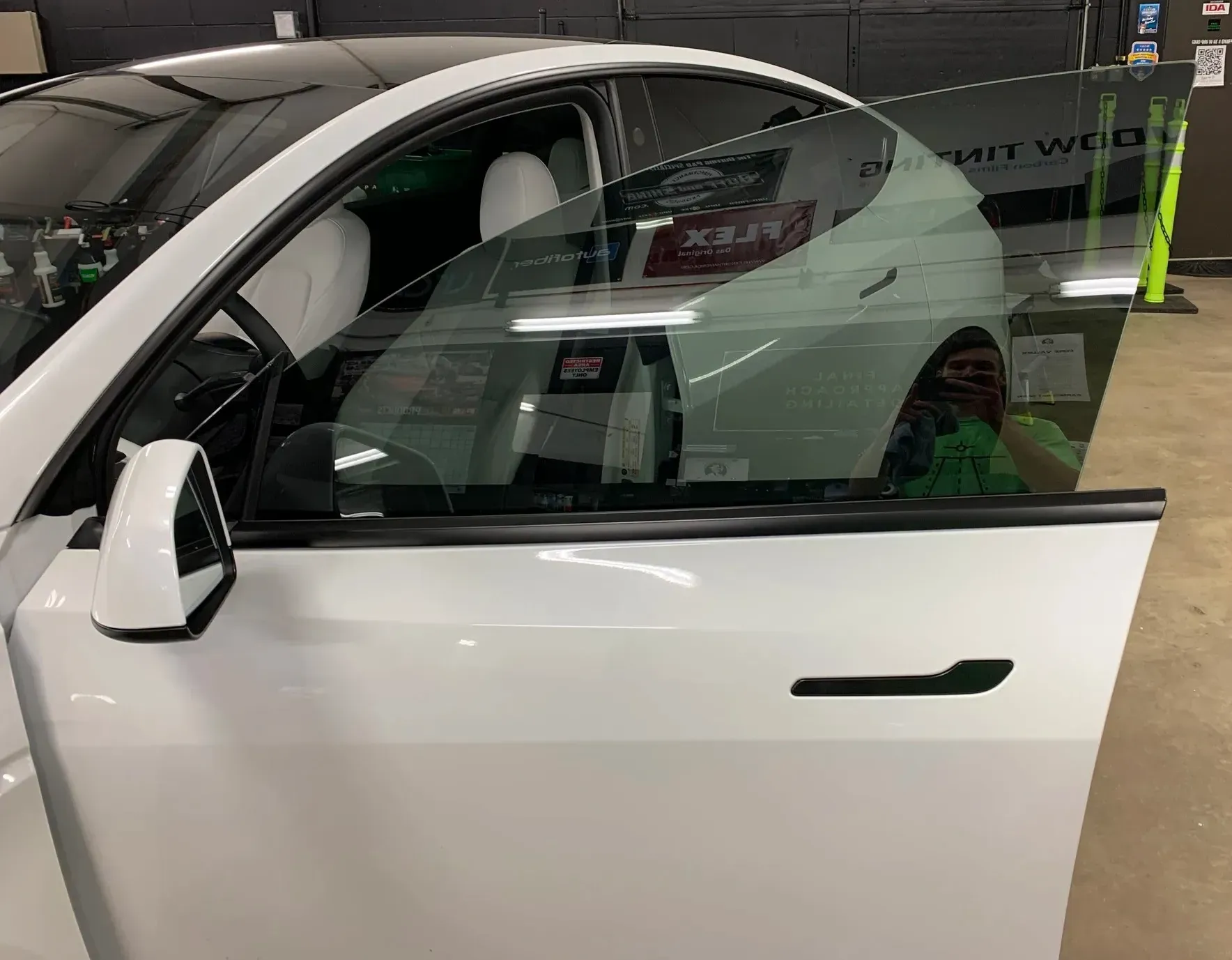
Carbon Window Tint Benefits
When you think of carbon window tints, picture something sleek and stylish. These tints are famous for giving vehicles that modern, matte look. But their benefits go far beyond aesthetics.
One of the standout features of carbon window tints is their matte finish, which brings a touch of sophistication to any vehicle. Unlike metalized tints that can interfere with electronic devices like GPS and mobile phones, carbon tints offer all the benefits without any of the drawbacks. This means you can enjoy a sleek look without sacrificing connectivity or risking signal disruptions.
Now, when it comes to keeping your car cool in scorching heat, carbon tints do a pretty impressive job. While they might not have the same level of heat rejection as ceramic tints, they still provide excellent heat rejection capabilities. This makes them an attractive choice for those seeking both performance and affordability. So, if you're looking for a cost-effective solution that offers good heat rejection and a stylish appearance, carbon window tints might be just what you need.
Furthermore, let's talk about UV protection. Carbon tints offer substantial UV protection, shielding your car interiors from harmful UV rays that can cause fading and cracking. This not only helps in maintaining the interior's aesthetic appeal but also contributes to prolonging its durability over time.
Another great benefit of carbon window tint is its durability and longevity. The film used in carbon tints is designed to be long-lasting and can effectively eliminate the need for a dye that may fade over time. This ensures that your carbon tint will maintain its effectiveness and aesthetic appeal for years to come.
Heat and Light Blocking Capabilities
When temperatures soar, your car can quickly transform into an unbearable furnace, but the appropriate window tint can work wonders. Ceramic window tints are renowned for their exceptional heat-blocking prowess, often rejecting up to 50% more heat compared to standard tints. This means that when your car is parked under the scorching sun, you won't have to contend with blistering seats and a stifling interior.
In contrast, carbon tints also boast remarkable heat-blocking capabilities. Although they typically block around 40% of infrared heat, slightly less than what ceramic tints achieve, it's still substantial for most users. This level of heat rejection can make a noticeable distinction in maintaining a comfortable temperature inside your car on hot days—delivering a welcome reprieve from the sweltering heat outside and significantly enhancing your driving experience.
Both types of tints not only focus on keeping the heat out; they also enhance privacy by reducing visibility from outside while allowing sufficient light for clear vision from within. Finding this balance between privacy and visibility is pivotal for guaranteeing a comfortable and safe driving experience.
At Final Approach Detailing, we recognize that different climates call for specific tint requirements. We offer guidance to help you select the most suitable tint based on your unique climate and needs. Whether you're situated in a scorching environment where managing interior temperatures is crucial or in an area prioritizing privacy and visibility, we have the expertise to direct you toward the optimal choice.
Understanding the differences in heat and light-blocking capacities between ceramic and carbon window tints empowers you to make an informed decision based on your specific requirements, ensuring maximum comfort and safety as you traverse diverse environments.
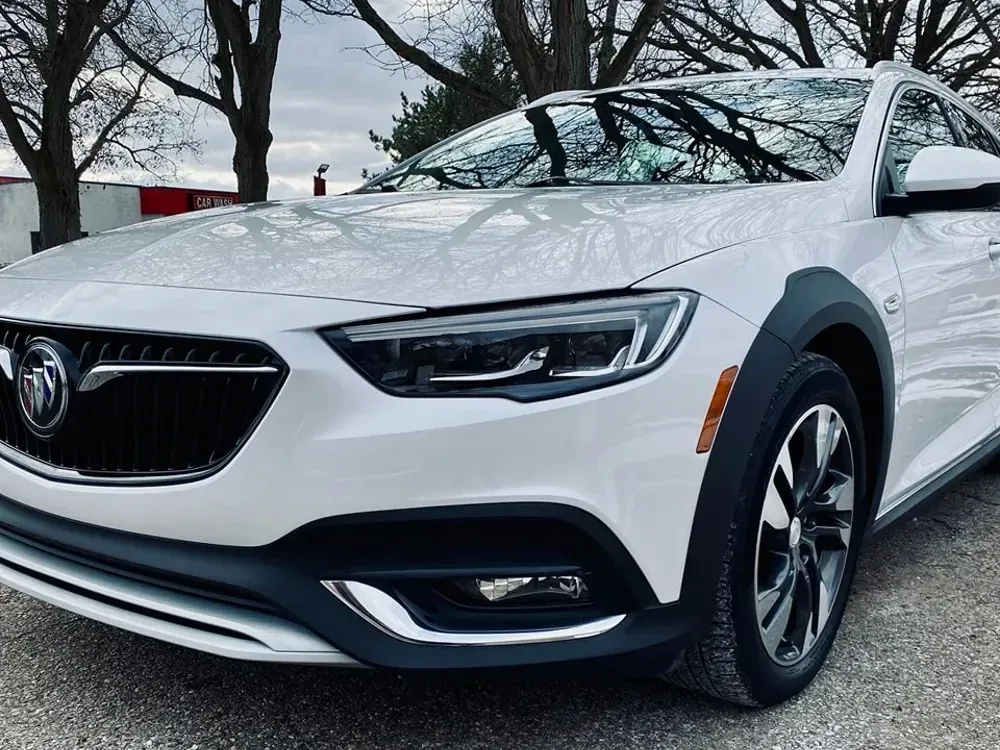
UV Protection and Clarity
Protecting your skin from the harmful effects of ultraviolet (UV) rays is crucial, not only when you're out in the sun but also when you're driving your car. The windows of your car do not block all UV rays, so it's essential to have window tint that can provide the necessary protection.
Ceramic window tints are renowned for their exceptional ability to block UV rays, with the capacity to block up to 99% of harmful UV rays. This level of protection provides top-tier defense against potential skin damage and reduces the risk of fading for your car’s interior.
Similarly, carbon window tints are known for their robust UV protection, typically blocking around 97-99% of UV rays. This level of protection is highly effective and makes carbon tints a viable choice for safeguarding against UV exposure.
Both types of tint also keep the car’s interior looking its best by preventing the upholstery and dash from fading due to prolonged exposure to UV rays.
When it comes to clarity, ceramic tints have a notable edge over carbon tints. Ceramic tints are designed to be highly transparent and do not interfere with visibility or cause color distortion. Therefore, while providing exceptional UV protection, ceramic tints maintain optimal visibility both during the day and at night, offering a clear view of the surrounding environment without compromising on safety.
For those seeking clear visibility as well as maximum UV protection, ceramic tints are an excellent choice. The high level of transparency they provide ensures that you can enjoy natural light indoors without any excessive obstruction, making for an overall enhanced driving experience.
Installation Techniques
Ceramic window tints, renowned for their top-tier performance, necessitate an expert’s touch during installation. Their advanced material composition demands finesse and expertise to ensure a seamless application without any bubbles or imperfections. The technology behind ceramic tints creates a thinner film that can be challenging to work with, requiring meticulous attention to detail.
Proper installation of a ceramic tint isn't just about making it look good; it directly impacts its performance and durability. The smallest imperfection in the application process could lead to decreased lifespan and compromised effectiveness in protecting your vehicle's interior from harmful UV rays and heat.
On the other hand, carbon tints are slightly easier to install than ceramic tints; optimal results are still best achieved through professional handling. Despite the added tolerance for error due to their thicker nature, carbon tints still benefit greatly from skilled installation. The knowledge and experience of professional installers ensure that the film is placed seamlessly onto your windows, enhancing both aesthetics and functionality.
Choosing the Best Tint for Your Needs
When it comes to selecting the best window tint for your vehicle, there are several critical factors to consider. First and foremost is your budget. How much are you willing to invest in getting your windows tinted? It's important to assess your budget before making a decision, considering that different types of window tint come at varying price points.
Next, you'll want to think about the specific performance features you're seeking in a window tint. Are you primarily concerned with heat rejection? Do you desire UV protection for long hours of driving? Ceramic tints are renowned for providing exceptional heat rejection, making them an excellent choice for individuals who prioritize high performance and don't mind investing a bit more in their vehicle.
On the other hand, if you're aiming for a good balance between performance and cost-effectiveness, carbon tints might be the ideal choice for you. They offer substantial heat rejection and moderate UV protection while being more affordable than ceramic tints.
Remember that seeking advice from professionals can guide you through the selection process based on your specific needs and preferences. By consulting with experts, you can gain valuable insights into the different types of window tints and make an informed decision that not only enhances the functionality of your vehicle but also adds to its aesthetic appeal.
If you need expert guidance in choosing the most suitable window tint for your vehicle, feel free to
contact us at Final Approach Detailing and call us at (517) 399-3231.

